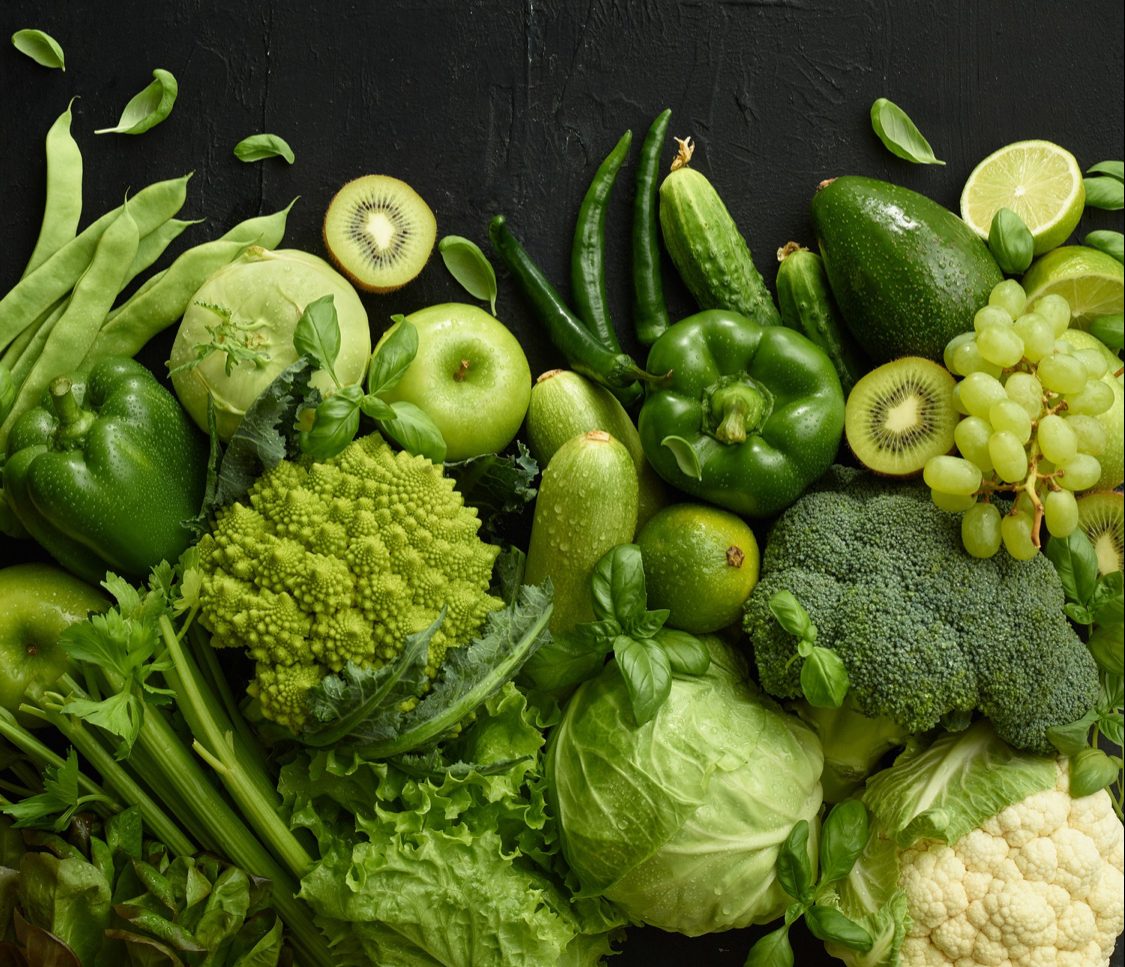Ensuring food safety is vital for public health and consumer trust. Among the various causes of food contamination, physical hazards are one of the most common and, importantly, preventable risks in the food industry. Physical hazards involve solid, tangible contaminants like hair, metal fragments, glass shards, or other foreign objects. These contaminants can lead to choking, injuries, or long-term health problems when consumed.
To prevent these risks, it’s essential to understand the main sources of physical hazards, identify the most common examples, and implement effective food hygiene and safety strategies. This article explores the six categories of physical hazards, their examples, their causes, and the best practices to mitigate these risks.
What Are Physical Hazards in Food?
Physical hazards are foreign objects or materials that accidentally contaminate food and pose health risks when consumed. Unlike biological hazards (bacteria, viruses) or chemical hazards (toxic substances), physical hazards are tangible and can cause injury directly. They can lead to cuts, choking, or other severe consequences if not managed properly.
How Physical Hazards Impact Consumers
Physical hazards can cause a range of health issues, such as:
- Choking.
- Cuts or abrasions.
- Long-term injury when sharp objects are ingested.
Thankfully, physical hazards are preventable by adopting proper food hygiene, machinery maintenance, and strict workplace practices.
The 6 Categories of Physical Hazards in Food

The six categories of physical hazards, known as the 6 Ps, are the most common sources of physical contamination in the food supply chain. These categories encompass every stage of food production and handling. They include People, Packaging, Products, Pests, Premises, and Plants.
- People
Human error and personal items are frequent sources of physical contamination. Improper personal hygiene or negligence in food handling can introduce physical hazards. Examples of physical hazards caused by people include:
- Hair falling into food due to unkempt or improperly covered hair.
- Fingernails, particularly if not cleaned properly.
- Disposable gloves, bandages, or jewellery like rings and necklaces accidentally left in food.
- Improper use of personal items, such as combs or watches, during food preparation.
Prevention Strategy:
- Food workers should follow proper hygiene protocols and wear protective clothing like hairnets and gloves.
- Packaging
Packaging materials can break or fragment during transportation, processing, or preparation, leading to physical contamination. Examples of packaging-related hazards include:
- Shards of glass from broken containers.
- Wood splinters from damaged packaging materials.
- Plastic fragments from compromised food containers.
- Ceramic fragments or bits of textile that accidentally enter the food supply chain.
Prevention Strategy:
- Inspect all food packaging for damage upon delivery and dispose of broken materials properly.
- Product
Contaminants can originate directly from food products themselves due to harvesting, processing, or packaging stages. Examples of product-related physical hazards include:
- Soil or mud is present in vegetables.
- Stones from agricultural fields entering produce.
- Fish bones or chicken bones are found in meat products.
- Fruit pips, eggshells, or nut shells that are hazardous when ingested.
Prevention Strategy:
- Wash, sort, and inspect all food items thoroughly to ensure consumer safety.
- Pests
Pests such as rodents, insects, and birds can introduce physical contaminants into food supplies. Common examples include:
- Droppings from rodents or birds.
- Feathers, fur, or claws from pests.
- Insects like cockroaches or flies contaminate food preparation areas.
Prevention Strategy:
- Maintain a robust pest control policy.
- Monitor facilities regularly and dispose of waste properly.
- Premises
The physical environment and objects used within food production and preparation areas can also introduce hazards. Examples of premises-related physical hazards include:
- Broken cooking utensils like damaged spoons or knives.
- Worn or damaged food thermometers.
- Staples, noticeboard pins, or pens that can accidentally mix into food.
Prevention Strategy:
- Regularly inspect and maintain kitchen and food preparation areas.
- Store items properly and handle utensils with care.
- Plant
Machinery and equipment used in food production can pose risks by breaking down or shedding fragments into food. Examples of plant-related hazards include:
- Loose nuts, bolts, or metal pieces from machinery.
- Light bulbs that shatter and contaminate food supplies.
- Battery fragments, wires, or paint flakes enter food during production.
Prevention Strategy:
- Regularly maintain and inspect machinery to ensure all equipment is functioning safely.
How to Prevent Physical Hazards in Food
Preventing physical hazards relies on adopting strict food hygiene practices, routine equipment maintenance, and ensuring all employees are well-informed. Below are effective strategies to minimize the risk of physical contamination:
- Maintain Proper Personal Hygiene
- Keep fingernails clean, short, and free from contaminants.
- Avoid wearing jewellery while preparing or serving food.
- Wear protective clothing such as hairnets, gloves, and beard nets when necessary.
- Inspect Packaging Carefully
- Dispose of damaged or broken packaging materials.
- Ensure food packaging is undamaged before using any contents.
- Practice Effective Pest Control
- Establish a comprehensive pest control program.
- Conduct regular inspections for signs of infestations.
- Regularly Inspect Equipment and Utensils
- Replace worn-out or damaged cooking and serving utensils to prevent physical risks.
- Maintain machinery to ensure no hazardous fragments, such as metal pieces or paint flakes, contaminate food.
- Wash Food Items Thoroughly
- Properly wash fruits, vegetables, and other raw produce to remove contaminants like soil or stones.
- Train Employees on Food Safety Practices
- Train all food workers on proper hygiene and food handling practices to avoid accidental contamination.
Conclusion
Physical hazards are a significant risk in the food supply chain, but they are entirely preventable when proper procedures, hygiene, and protocols are followed. Understanding the six categories of physical hazards—People, Packaging, Products, Pests, Premises, and Plants—is the first step toward creating a safer food environment.
By identifying potential risks and implementing proactive strategies, food industries, manufacturers, and food handlers can reduce the likelihood of physical hazards entering food supplies. Through these efforts, they ensure not only consumer safety but also public health and trust in food safety systems,
 Food Manifest
Food Manifest 


















